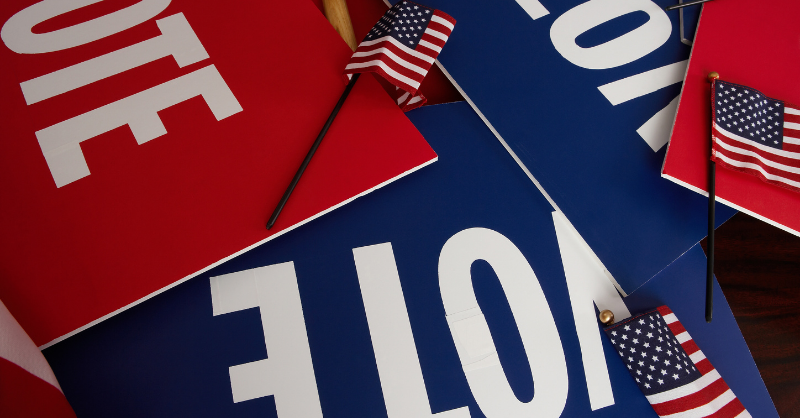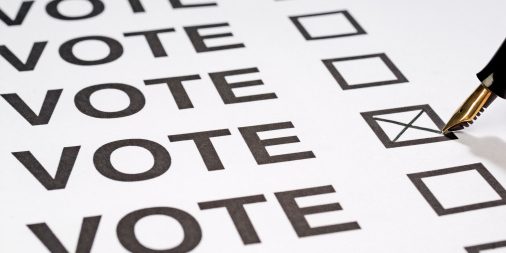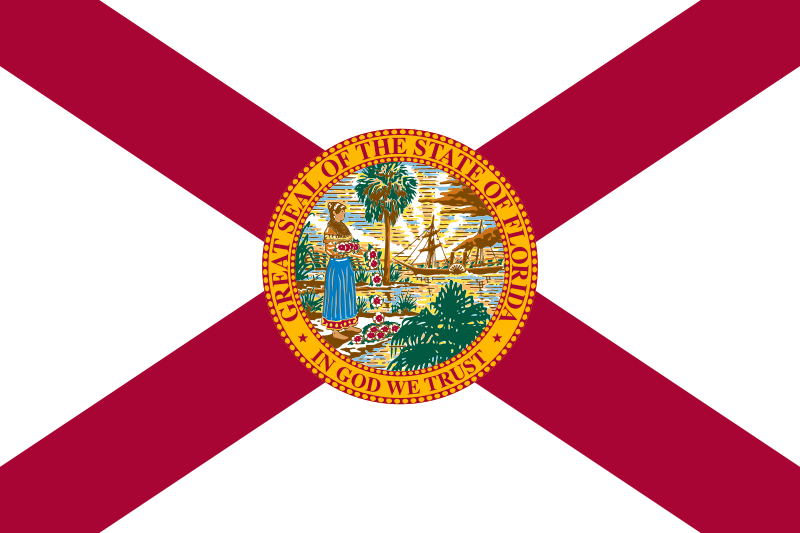Tag: ballot measures
-
Update on this year’s and next year’s ballot measure certifications

In 2023, 41 statewide measures were certified for the ballot in eight states, 10 more measures than the average number certified in other odd-numbered years from 2011 to 2021. There are no more pending state ballot measures for 2023. The next—and final—election for state ballot measures is on Sat., Nov. 18 in Louisiana, where voters will…
-
More than $169 million has been raised for and against state ballot measures in 2023, surpassing the three previous odd-numbered-year election cycles

A total of $169.48 million has been contributed to either support or oppose 41 statewide ballot measures in eight states in 2023, surpassing the previous three odd-numbered-year election cycles. Campaigns received $107.41 million in 2021. In 2019, $28.36 million was received. In 2017, $108.76 million was received. In 2023, one state—Ohio—accounts for 63.23% of the…
-
Voters in Ohio to decide on Issue 1, which would provide a state constitutional right to abortion, on Nov. 7

Ohio voters will decide on two statewide ballot measures on Nov. 7, 2023. Along with Issue 2, which would legalize recreational marijuana for adults over 21, voters will also decide on Issue 1, which would create the state constitutional right to abortion and other reproductive matters. Issue 1 is a constitutional amendment, which would add…
-
Louisiana voters will decide on Amendment 1 on Oct. 14 that would prohibit private or foreign funding of elections

Amendment 1, on the ballot for Oct. 14, 2023, in Louisiana, would ban private, non-governmental, and foreign funding of elections in the state. While there has been legislation in several states to ban private funding for elections, Louisiana Amendment 1 is the first time that voters will decide the issue. In 2022, voters in Michigan…
-
Initiative filed in Oregon to change Measure 110 to recriminalize drugs

Two versions of an initiative to recriminalize drugs in Oregon were filed with the secretary of state on Sept. 19 by the Coalition to Fix and Improve Ballot Measure 110, the campaign behind the initiative. In 2020, Oregon voters decriminalized personal non-commercial drug possession offenses with the approval of Measure 110. It received 58.5% of…
-
Update on this year’s and next year’s ballot measure certifications

In 2023, 41 statewide measures were certified for the ballot in eight states, 10 more measures than the average number certified at this point in other odd-numbered years from 2011 to 2021. For 2024, 49 statewide measures have been certified in 22 states. That’s one more measure than the average number certified at this point…
-
41 statewide ballot measures are certified in eight states—the highest for an odd-numbered year since 2007

In 2023, 41 statewide ballot measures are certified for the ballot in eight states—the highest number for an odd-numbered year since 2007. Measures in Maine, Ohio, and Texas, in particular, contributed to the above-average number of state ballot measures in 2023. From 2009 to 2021, odd-numbered years had an average of 32 statewide measures. Voters…
-
Florida initiative to prohibit abortion restrictions qualifies for state supreme court review

Floridians Protecting Freedom, sponsors of an initiative that would prohibit restrictions on abortions before fetal viability, have submitted 297,586 valid signatures as of Sept. 1, qualifying the proposal for a review by the state supreme court. The initiative would provide that “no law shall prohibit, penalize, delay, or restrict abortion before viability or when necessary…
-
Update on this year’s and next year’s ballot measure certifications

As of September 5, 2023, 41 statewide measures have been certified for the ballot in eight states, 11 more measures than the average number certified at this point in other odd-numbered years from 2011 to 2021. For 2024, 47 statewide measures have been certified in 22 states. That’s one more measure than the average number…
-
Update on this year’s and next year’s ballot measure certifications

As of August 22, 2023, 41 statewide measures have been certified for the ballot in eight states, 13 more measures than the average number certified at this point in other odd-numbered years from 2011 to 2021. For 2024, 47 statewide measures have been certified in 22 states. That’s one more measure than the average number…

